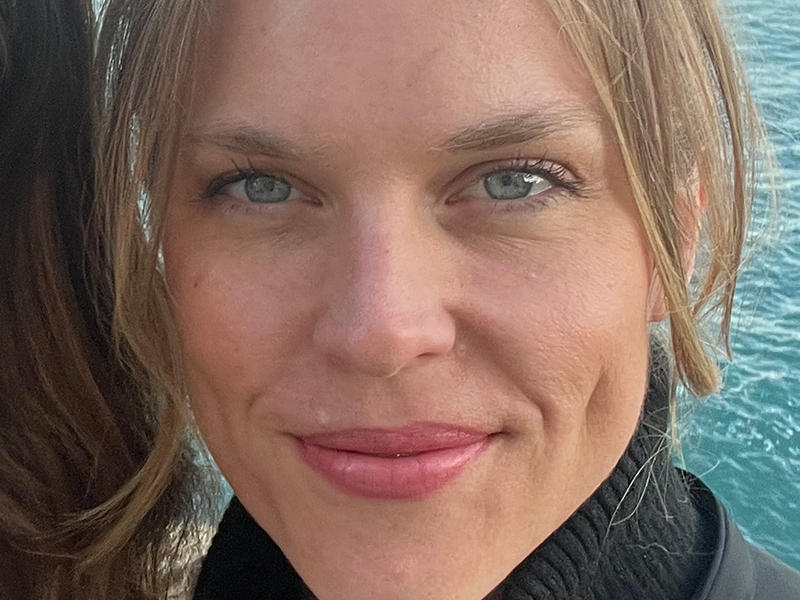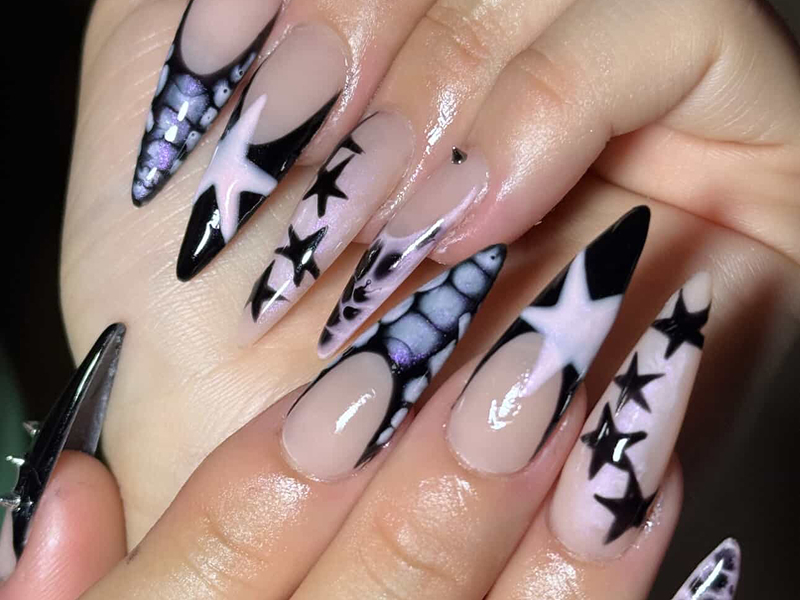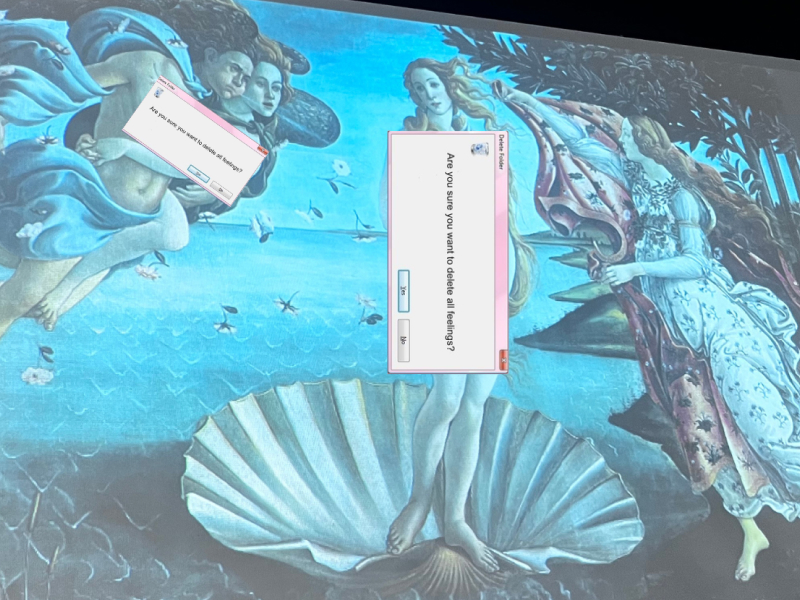The early days of television had women playing housewives, mothers, and nurturing roles, but over the years, the involvement of women’s roles in media has taken a commanding shift. Women today are stepping into leading roles in front and behind the camera. These changes in the film and television industry positively increase the accurate portrayals of women in media.
In a CSArtisan exclusive interview with the Senior Vice President of Physical Production for Funny or Die, Whitney Hadock said, “Now you can find women that are messy, smart, powerful, the list goes on. More and more often, we're also seeing portrayals of women with more than one body type and from more diverse backgrounds.”
A few of the main outcomes this vital shift had on the media industry are business choices, demographics, and leadership. “Women in positions of power within the media enable stories about women by women to get told and get told with the nuance that a human story requires,” said Hodack. “Sometimes it takes someone of the same community to show the business that investing in female-centered stories is a good business choice because it opens up a whole demographic that is willing to lean in and watch your programming and has been left out due to portrayals of very flat female characters in the past.”
People tend to underestimate the power of film and how it shapes the way people view the world around them. “When we are able to show women in positions of power, solving hard problems, not being perfect, and all the things that are not always thought of as female jobs or qualities, we are showing the world the possibilities of what women are capable of,” said Hodack. And she says it affects the people watching. “When girls and women watch this content, they start to understand that they can do and be these things as well.” By featuring women from all backgrounds in film and television, filmmakers help to break the mold of how people think women are supposed to behave.
The effects media portrayals have on a young person’s understanding of gender roles, body image, or career aspirations are formed through the media they watched while growing up. Showing women in a subservient, perfect, happy role leaves unrealistic expectations on women and children. “Showing women portraying doctors and writers and athletes and anything your heart can think of gives examples of all the ways girls and women can see themselves becoming anything they want,” Hodack said.
This year, one-third of Emmy winners were women, and this ratio has become more favorable towards women over the years. The representation of women in the media industry doesn’t just fall under the acting category. “We need more female editors, DPs, and directors, roles that are traditionally thought of as male-dominated. When there are more women represented in each category, the odds of a woman winning increase, too,” Hodack said. “When I won my Emmy, there were ten producers on that project, and only two of us were women.”
Women in the media are breaking down the doors for the next generation. Women aren’t just motherly figures on screen; they are directors, screenwriters, cinematographers, and problem solvers.

 Student Spotlight: Lexy's Nailsets
Student Spotlight: Lexy's Nailsets